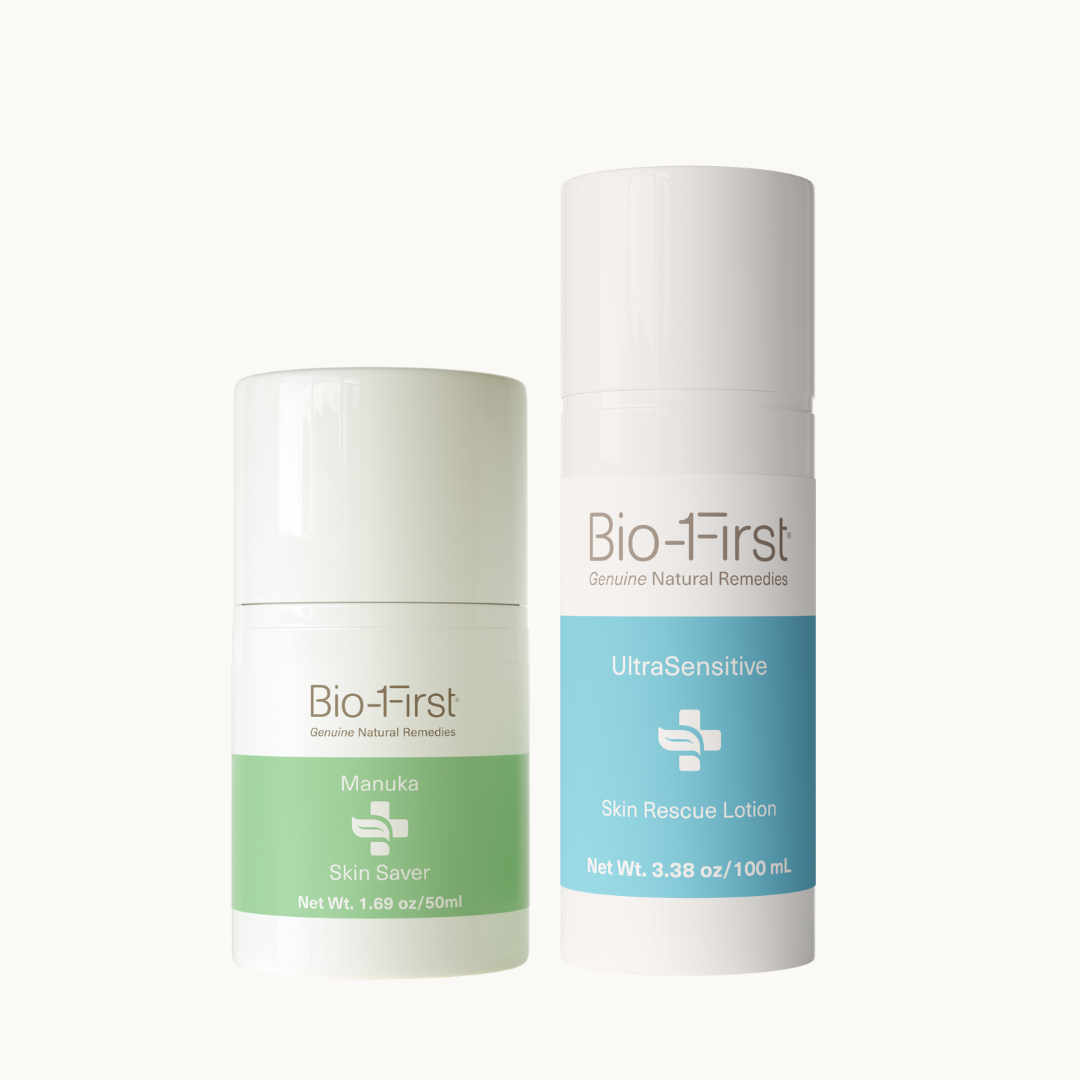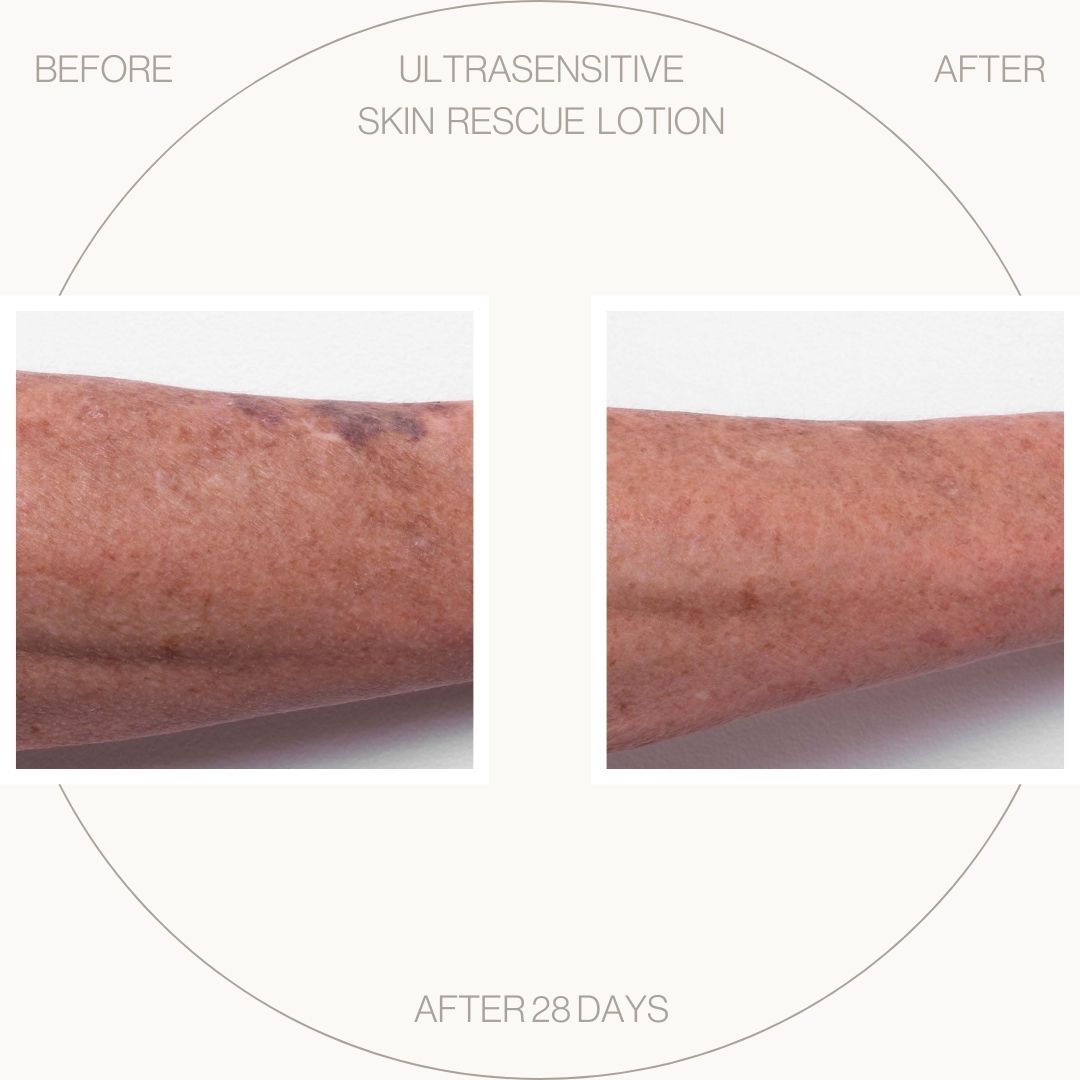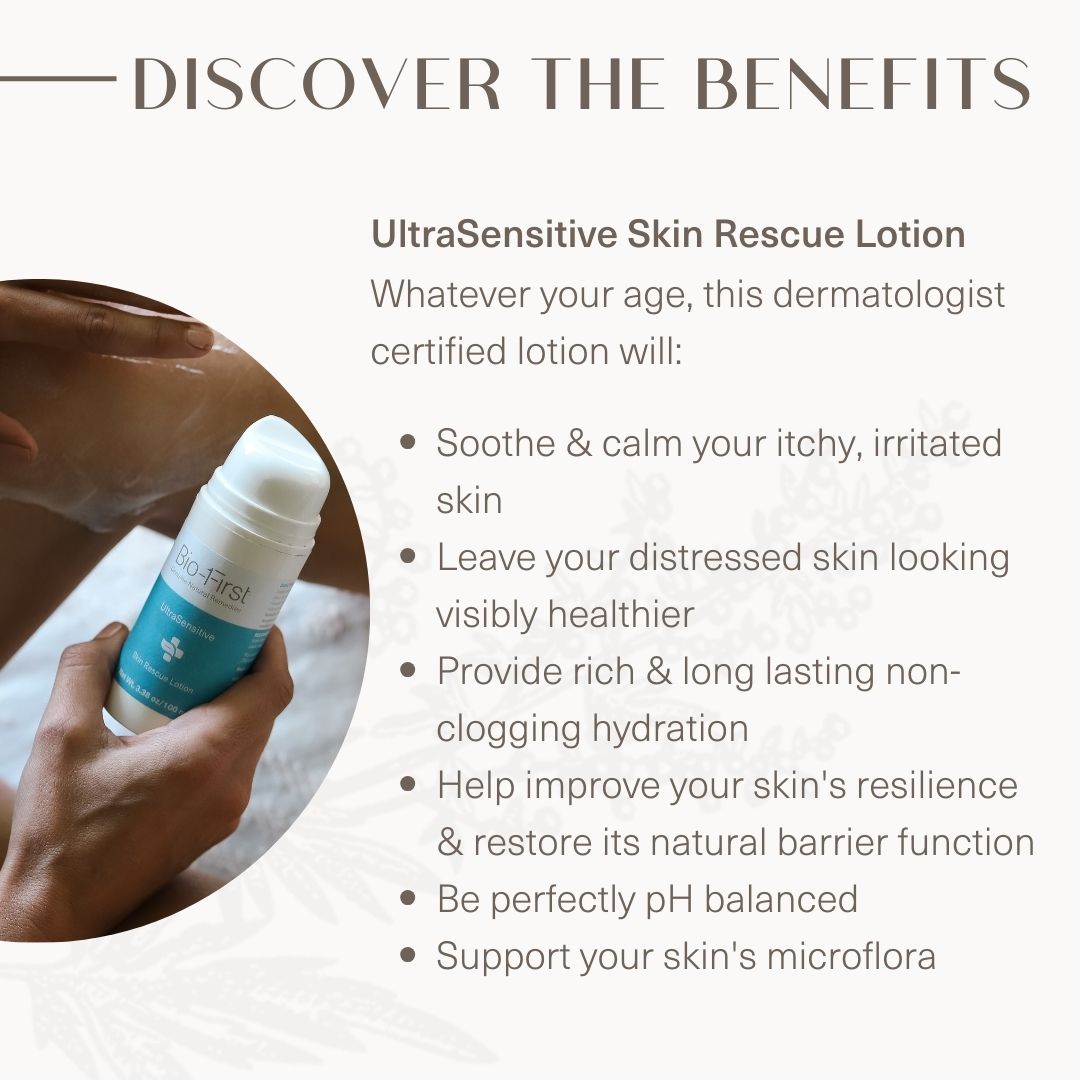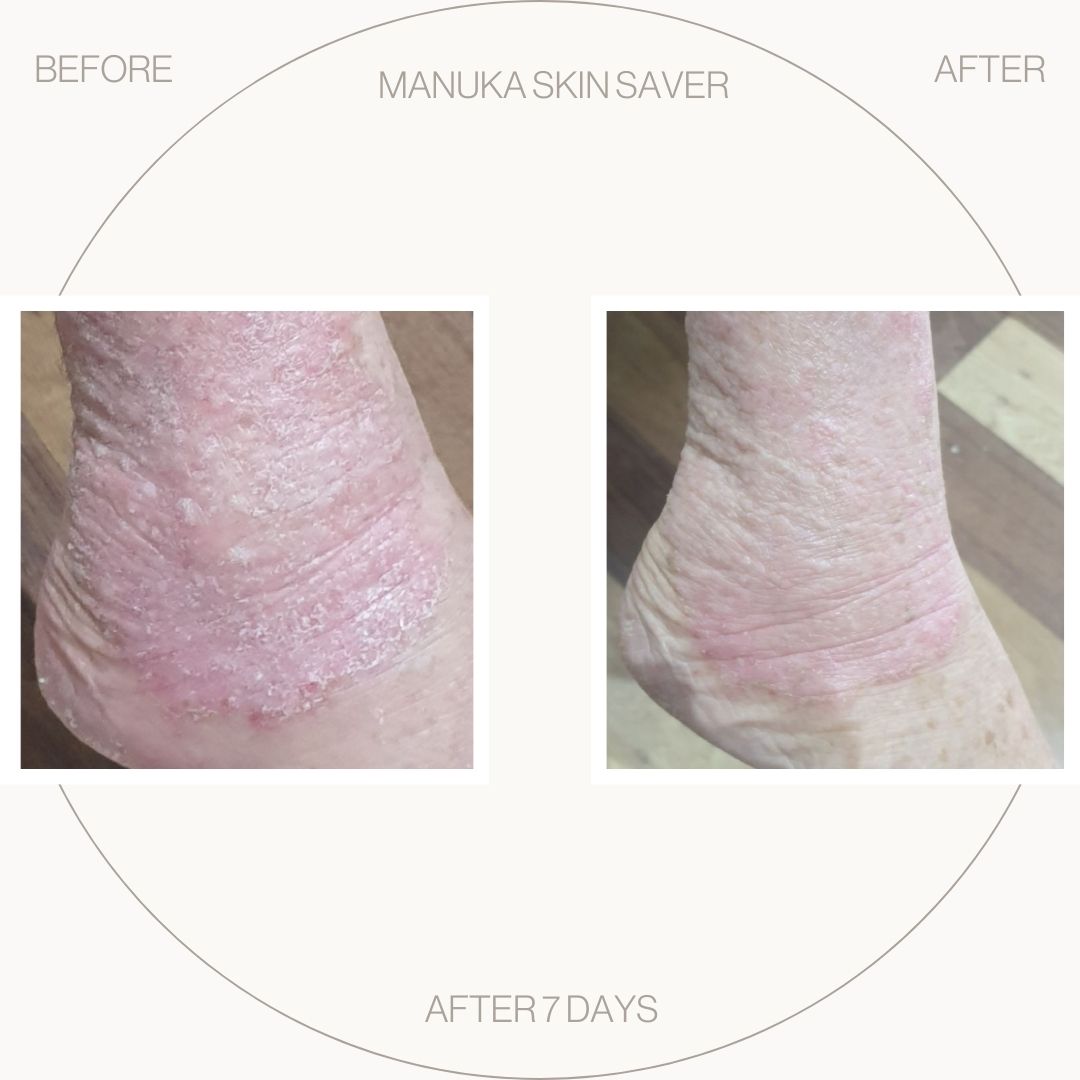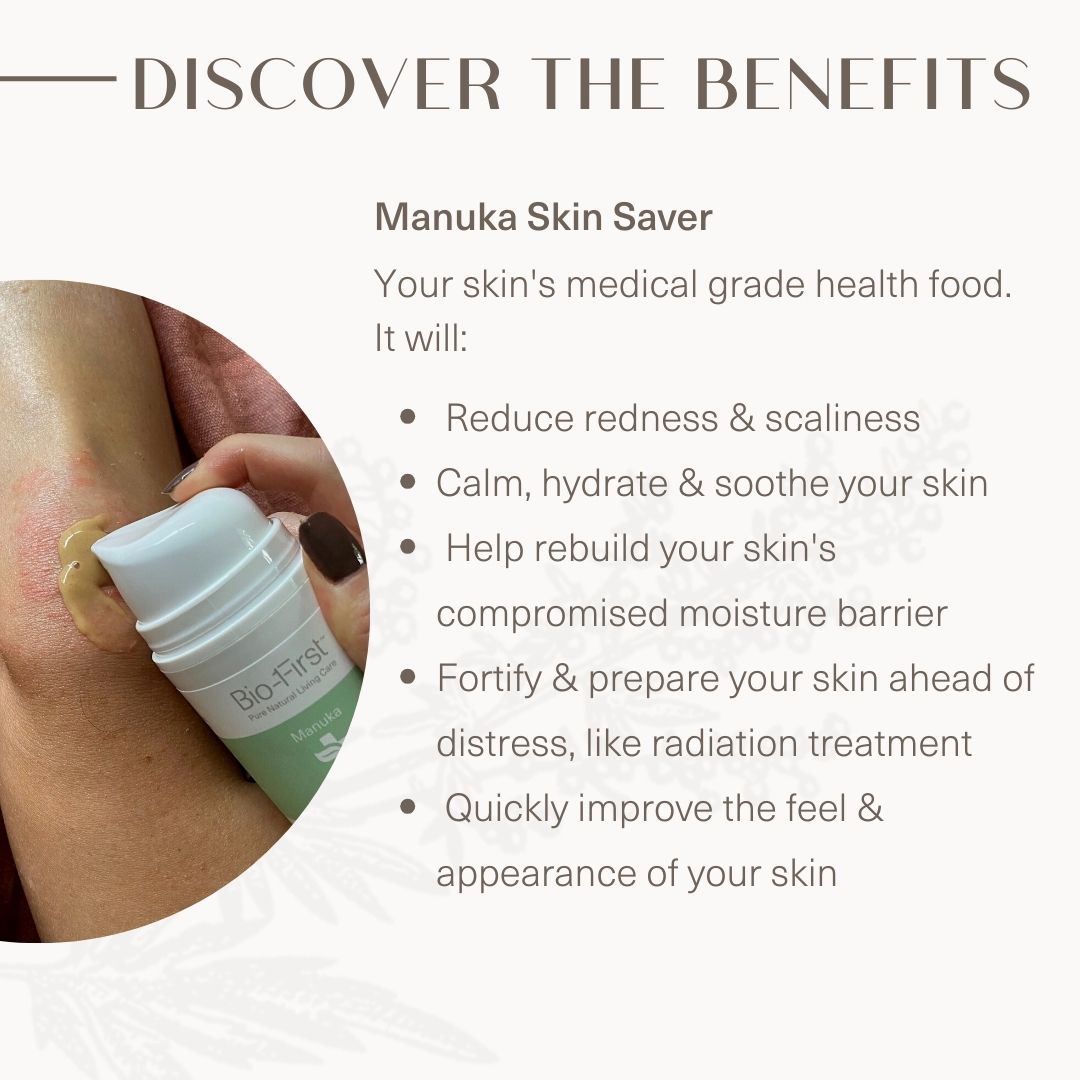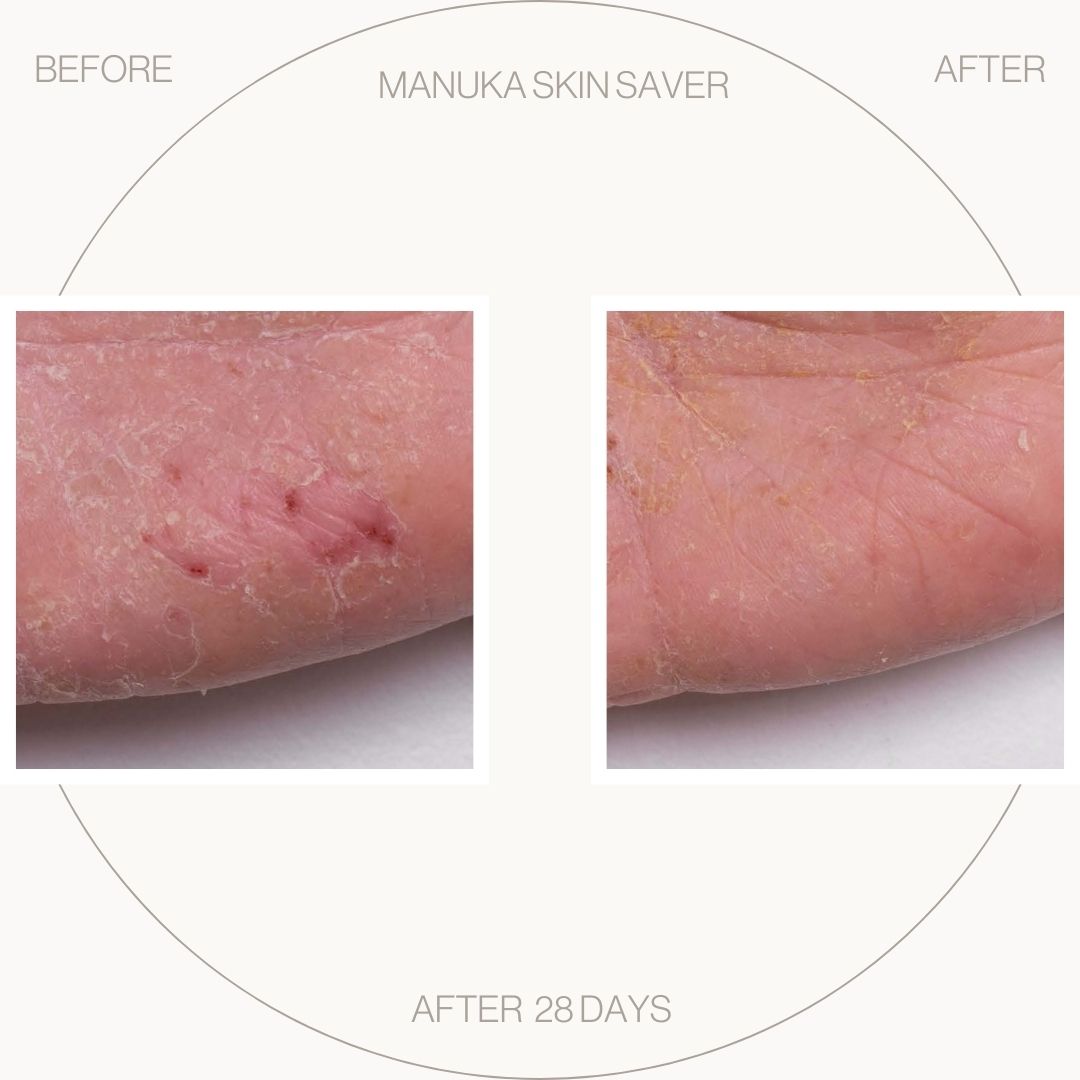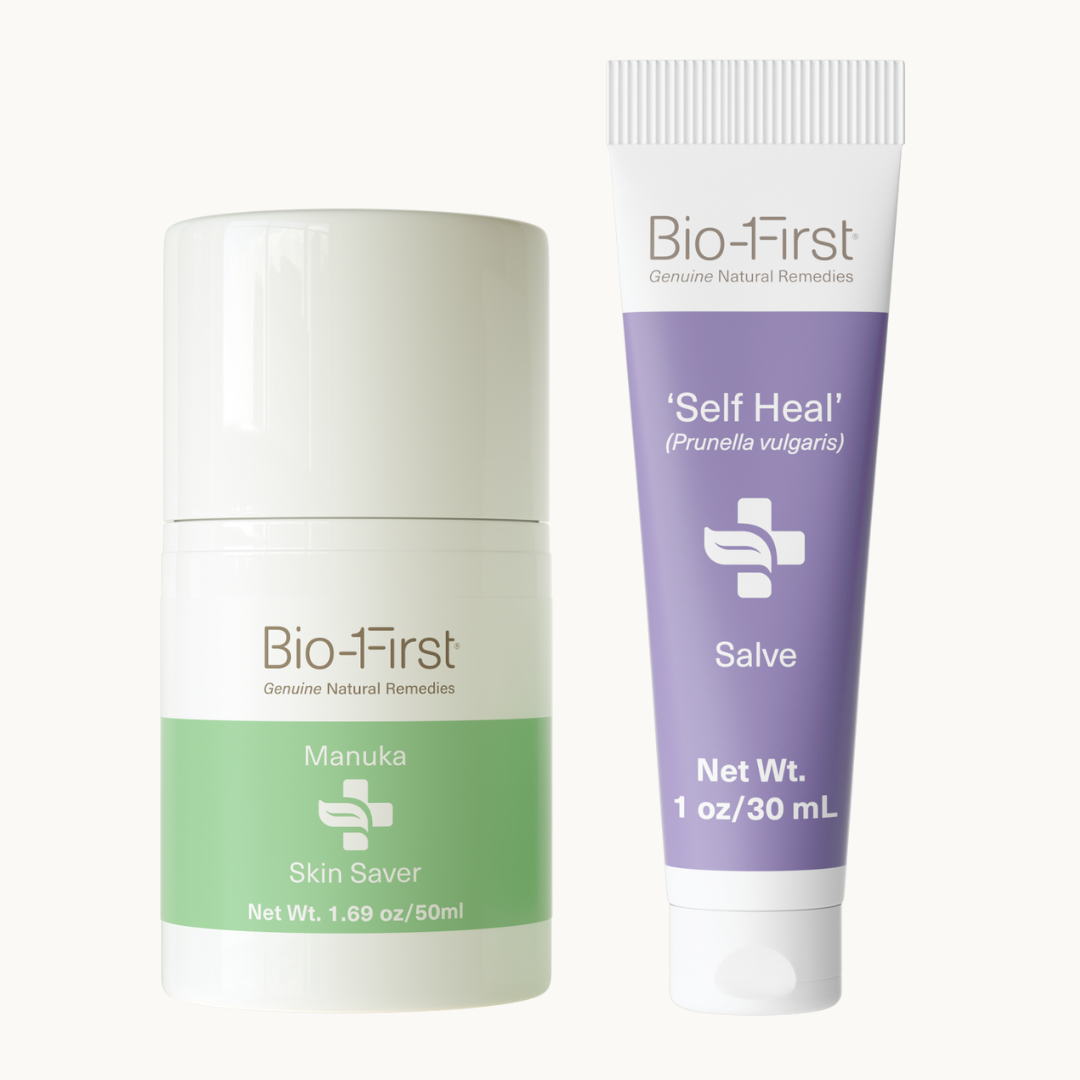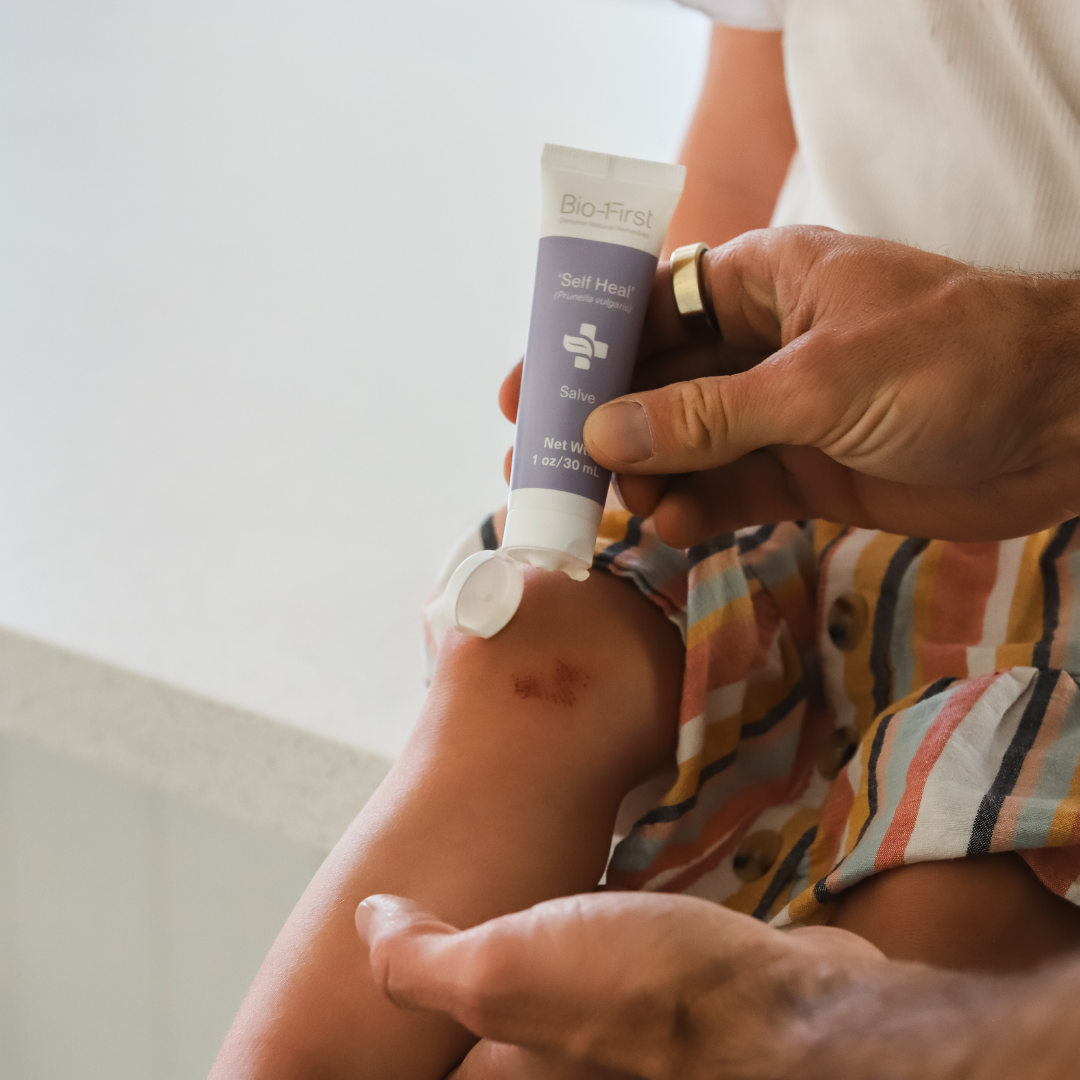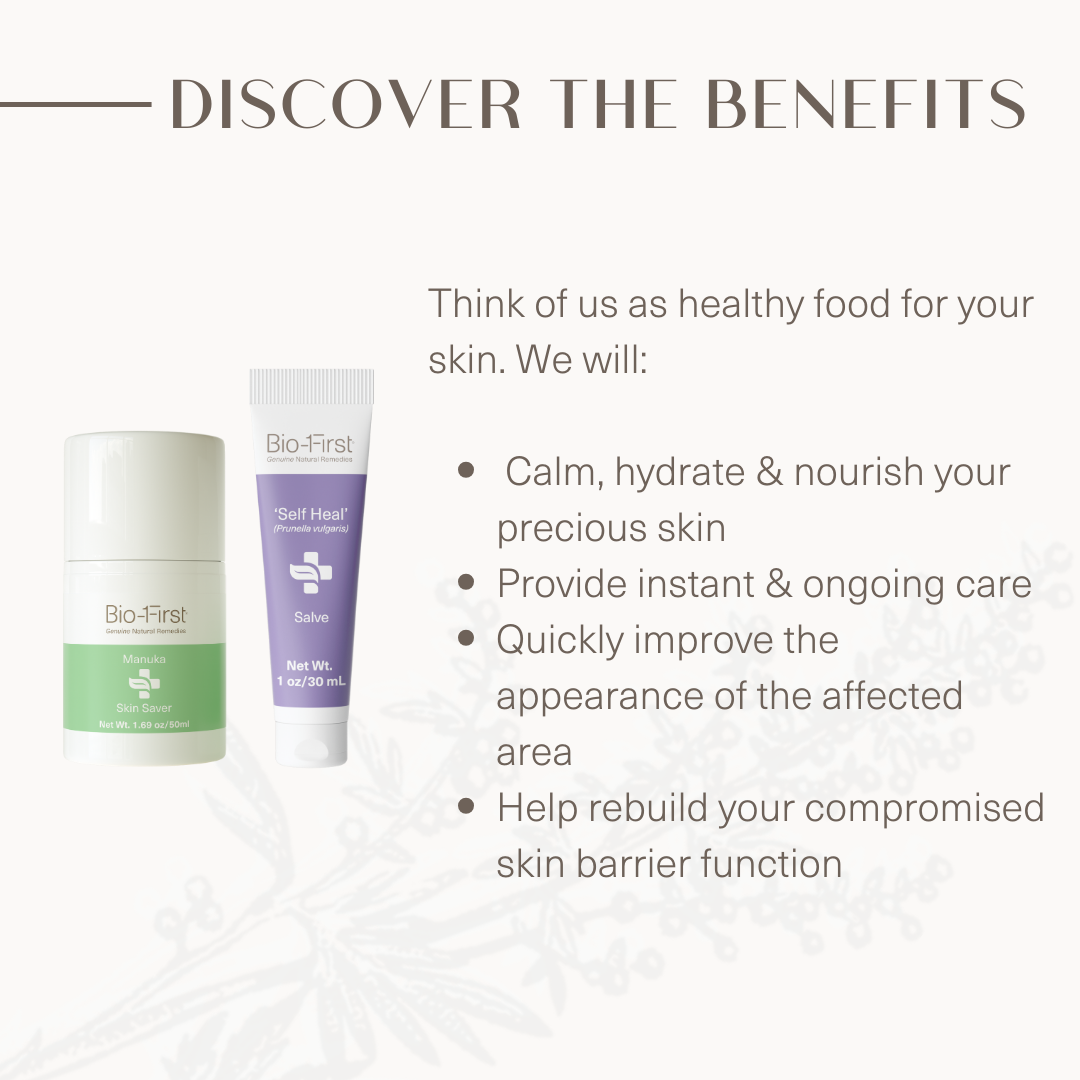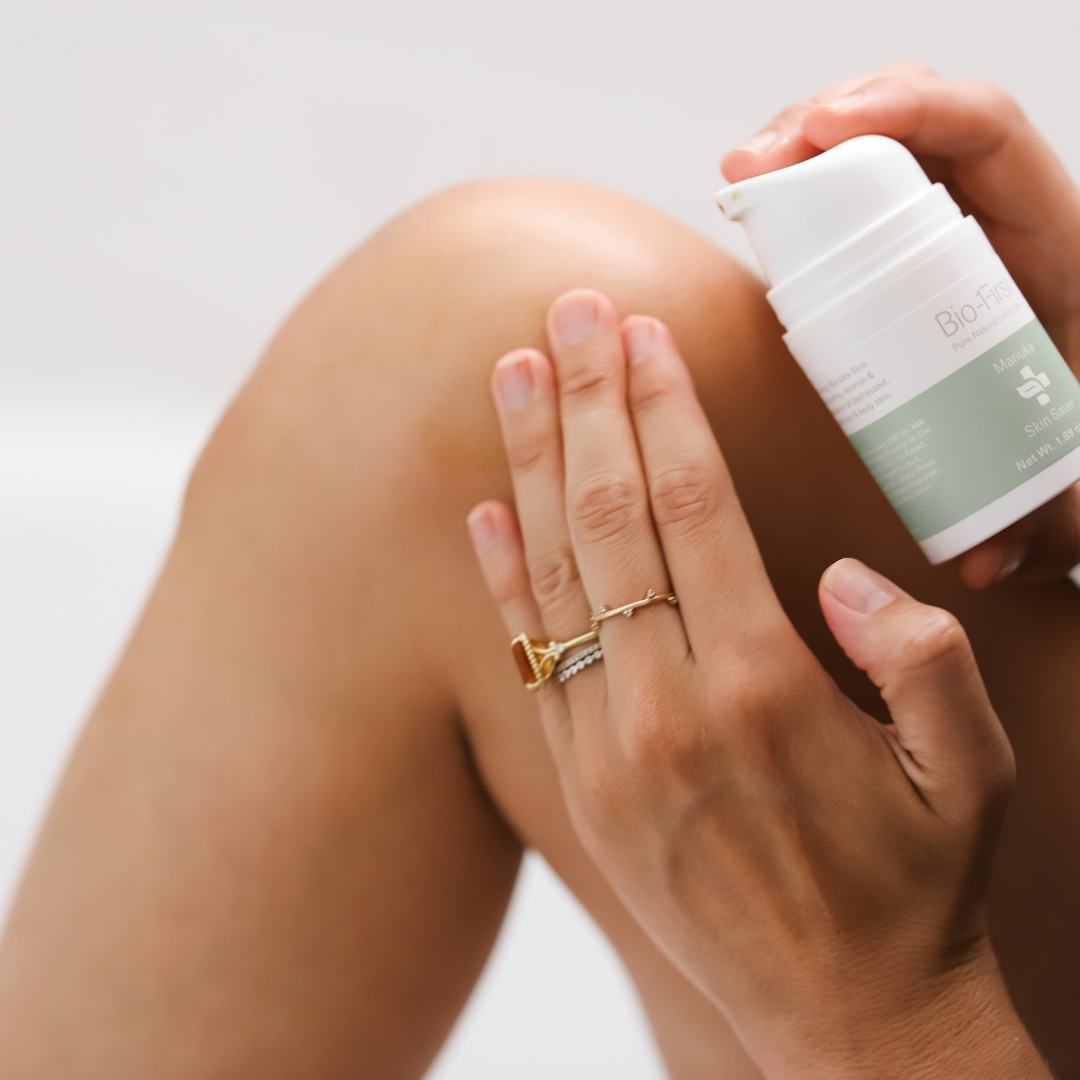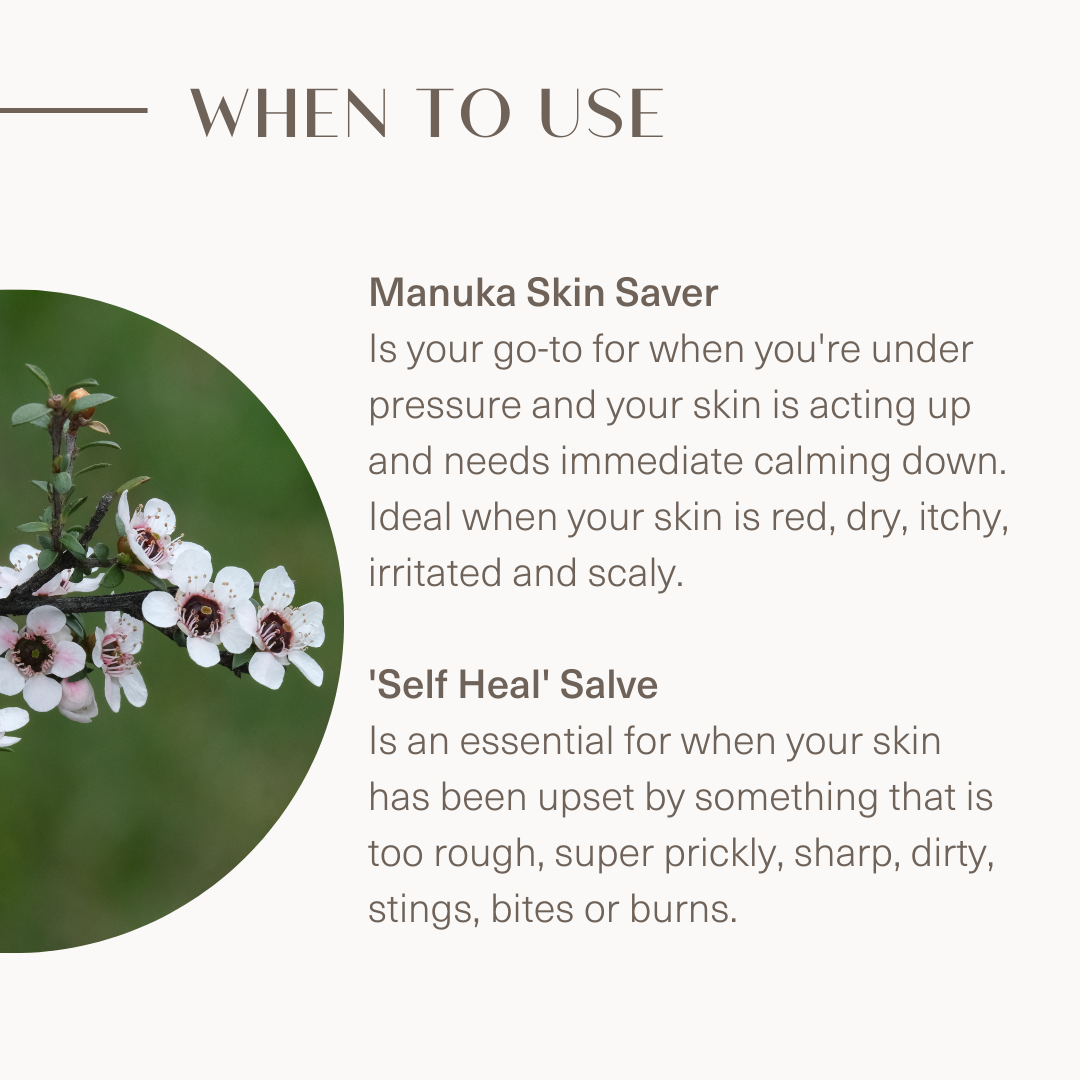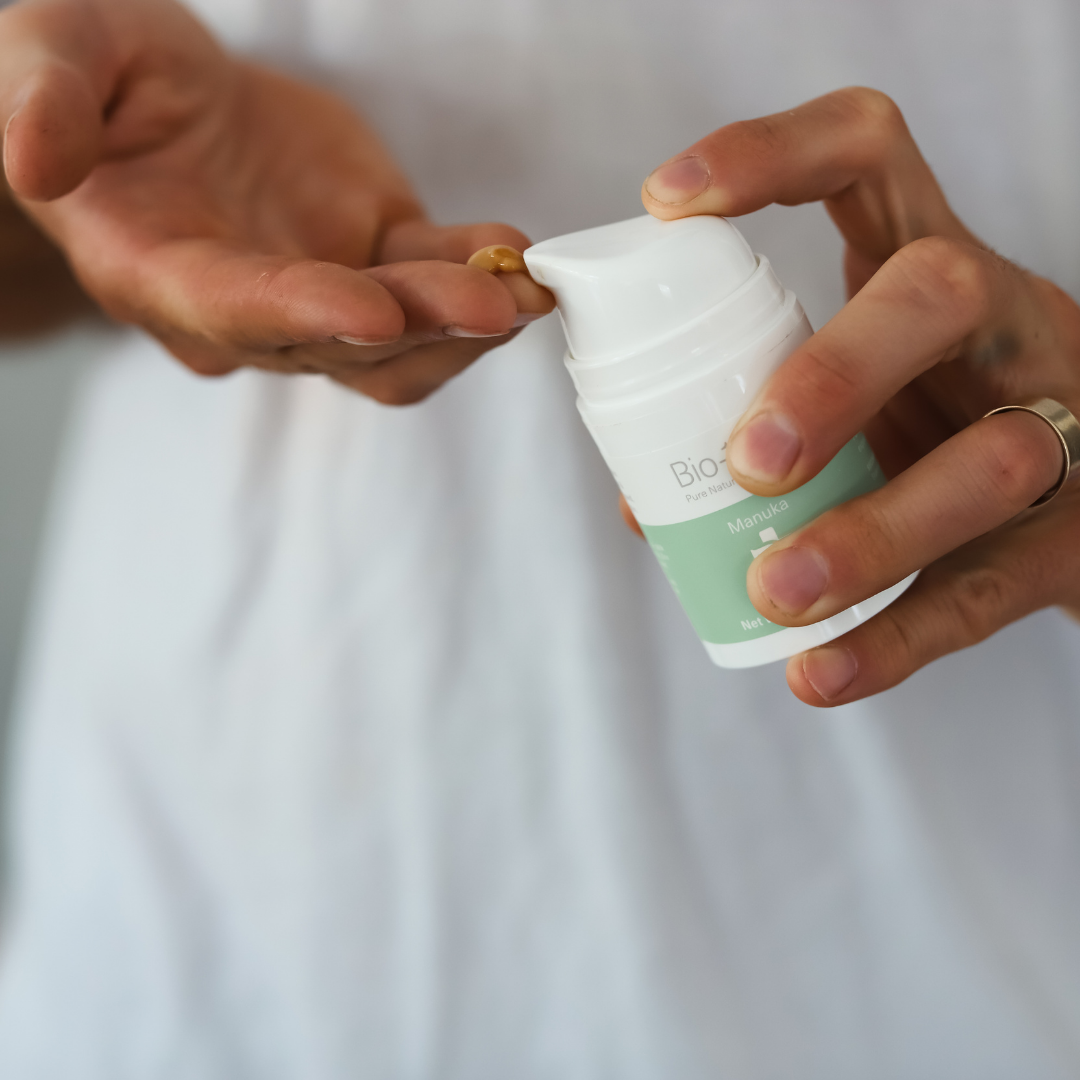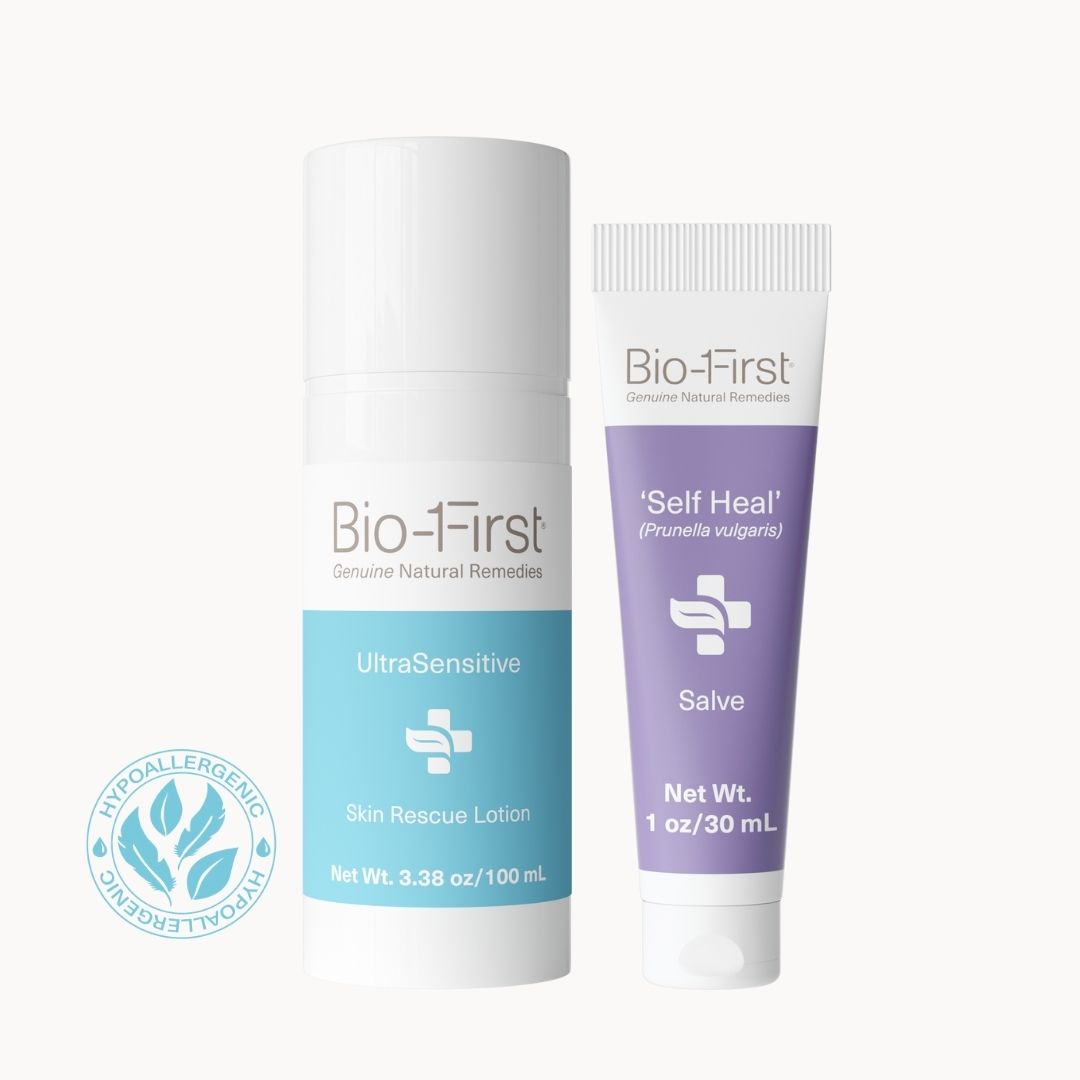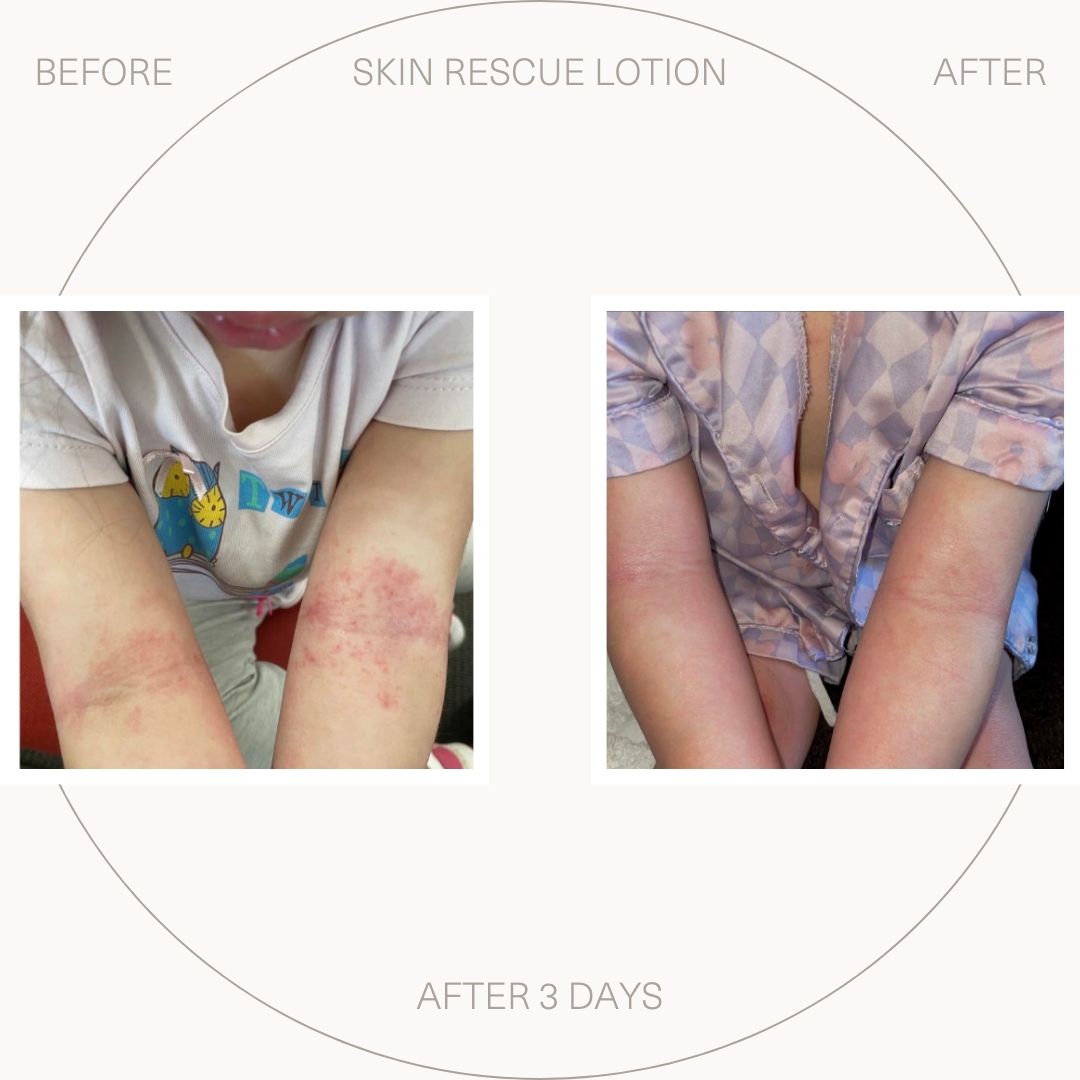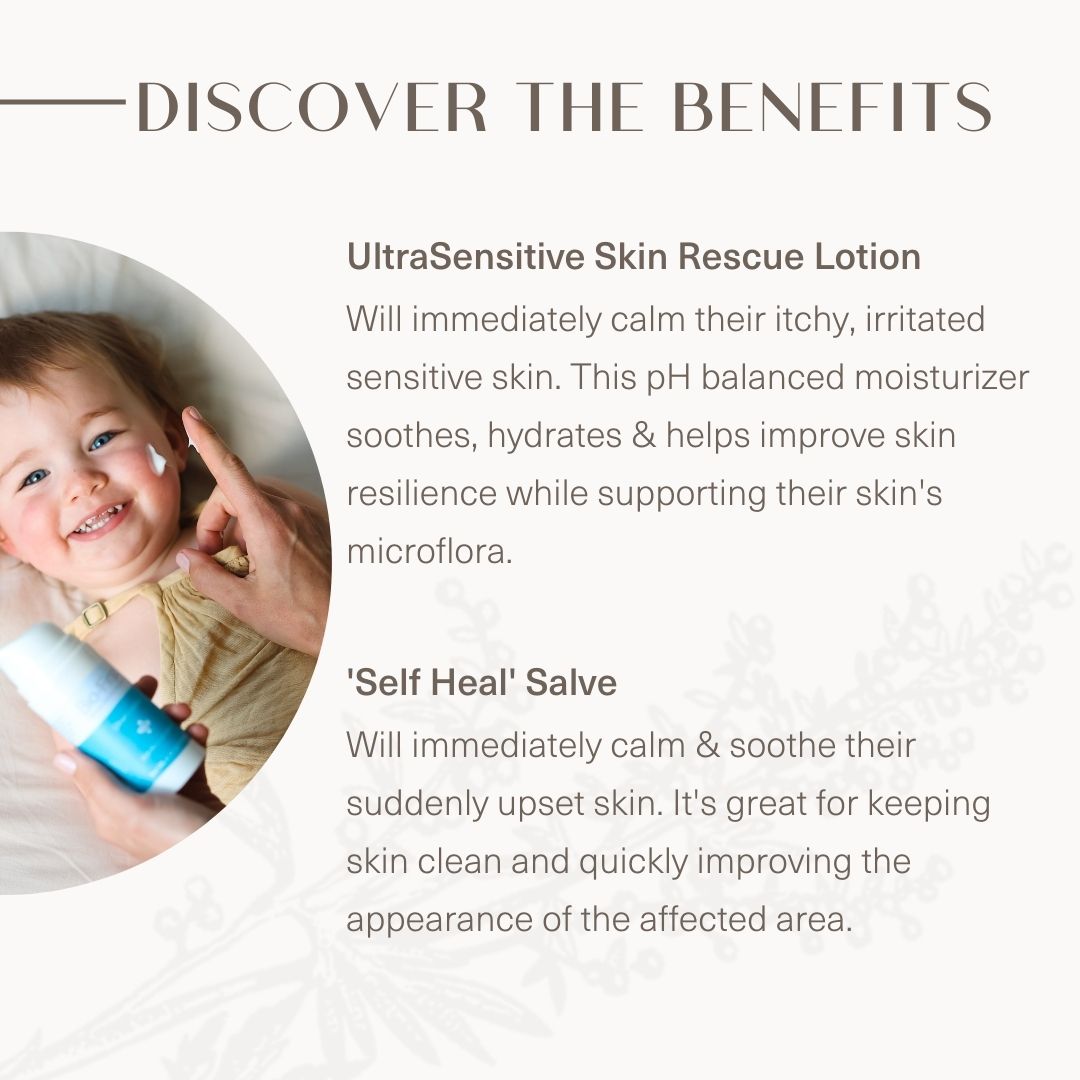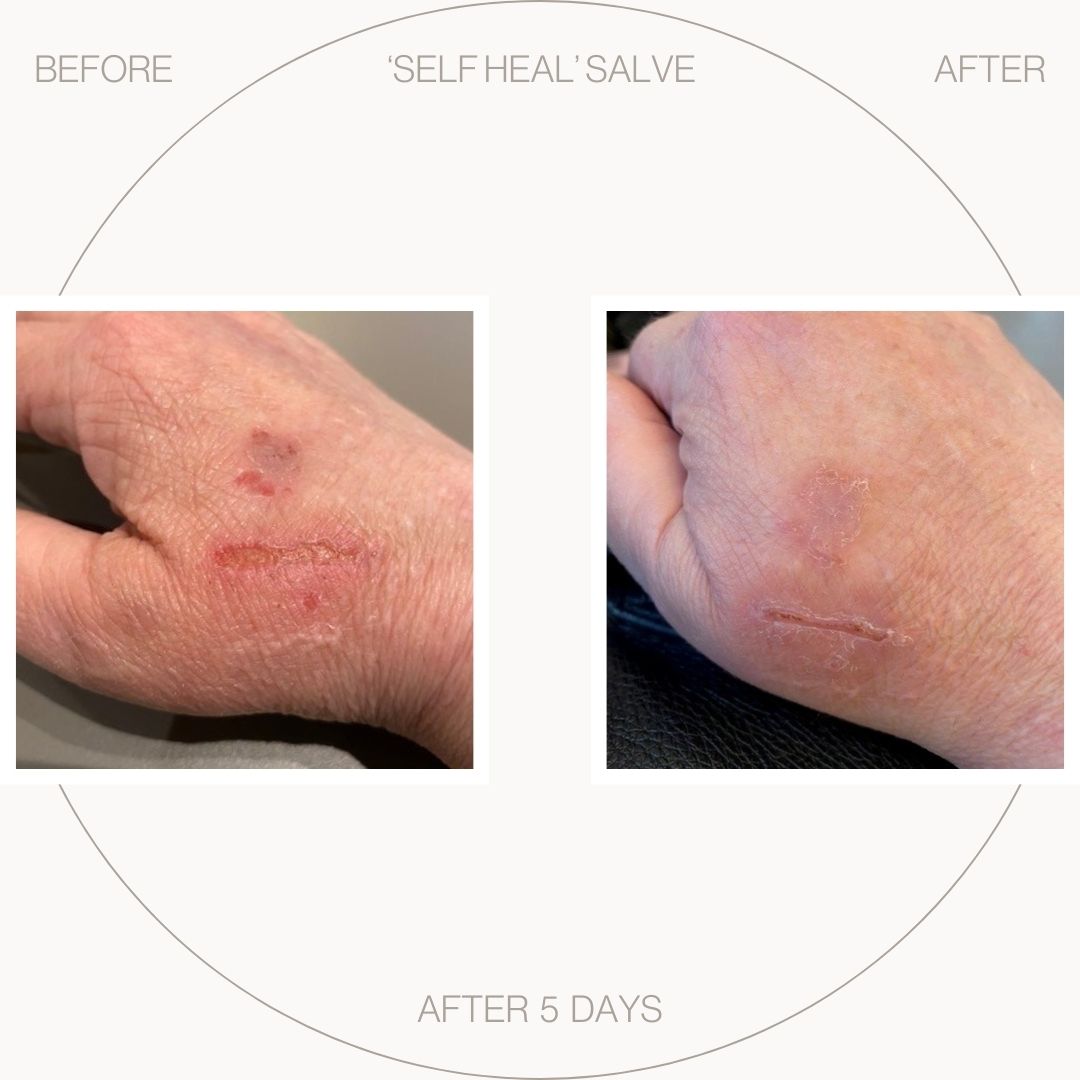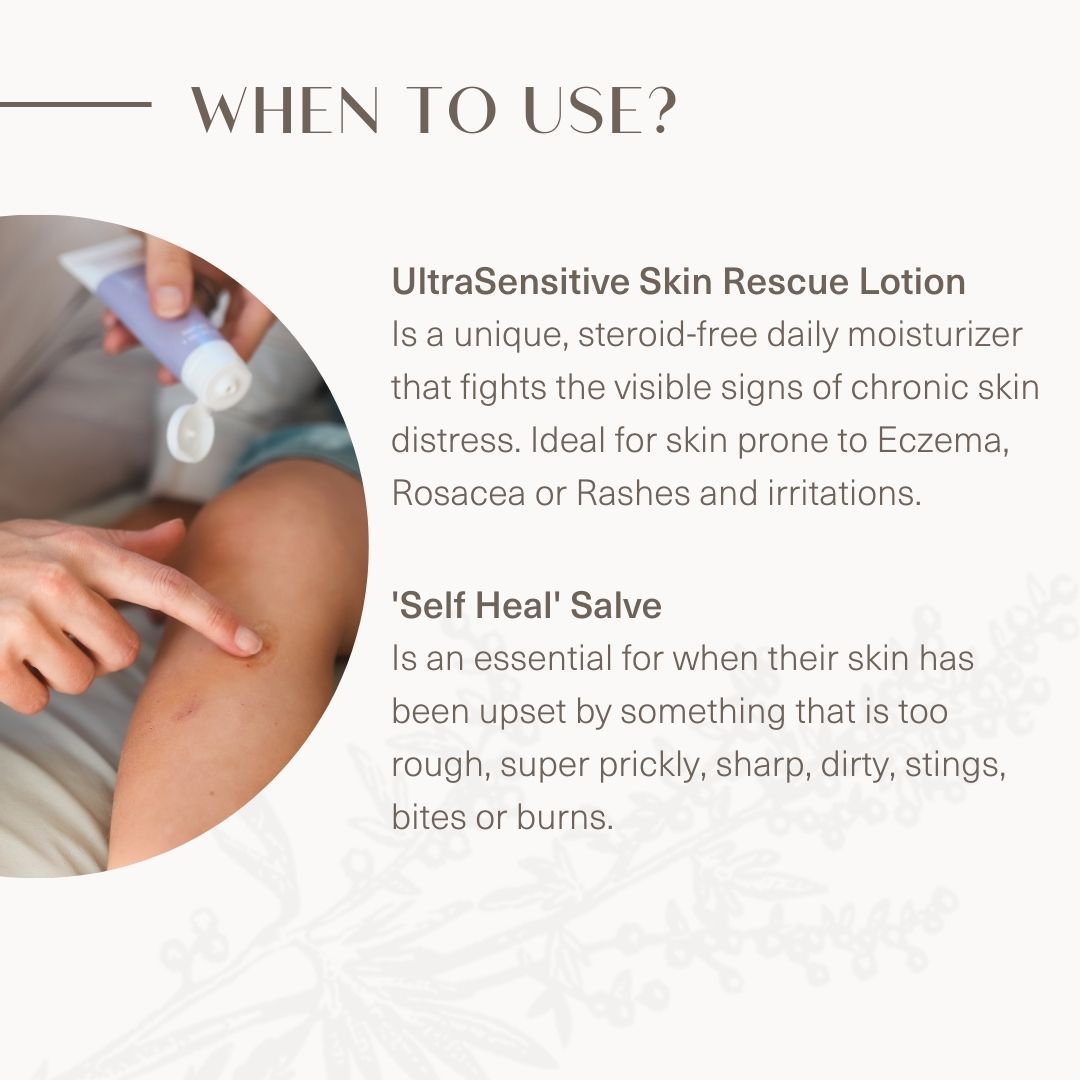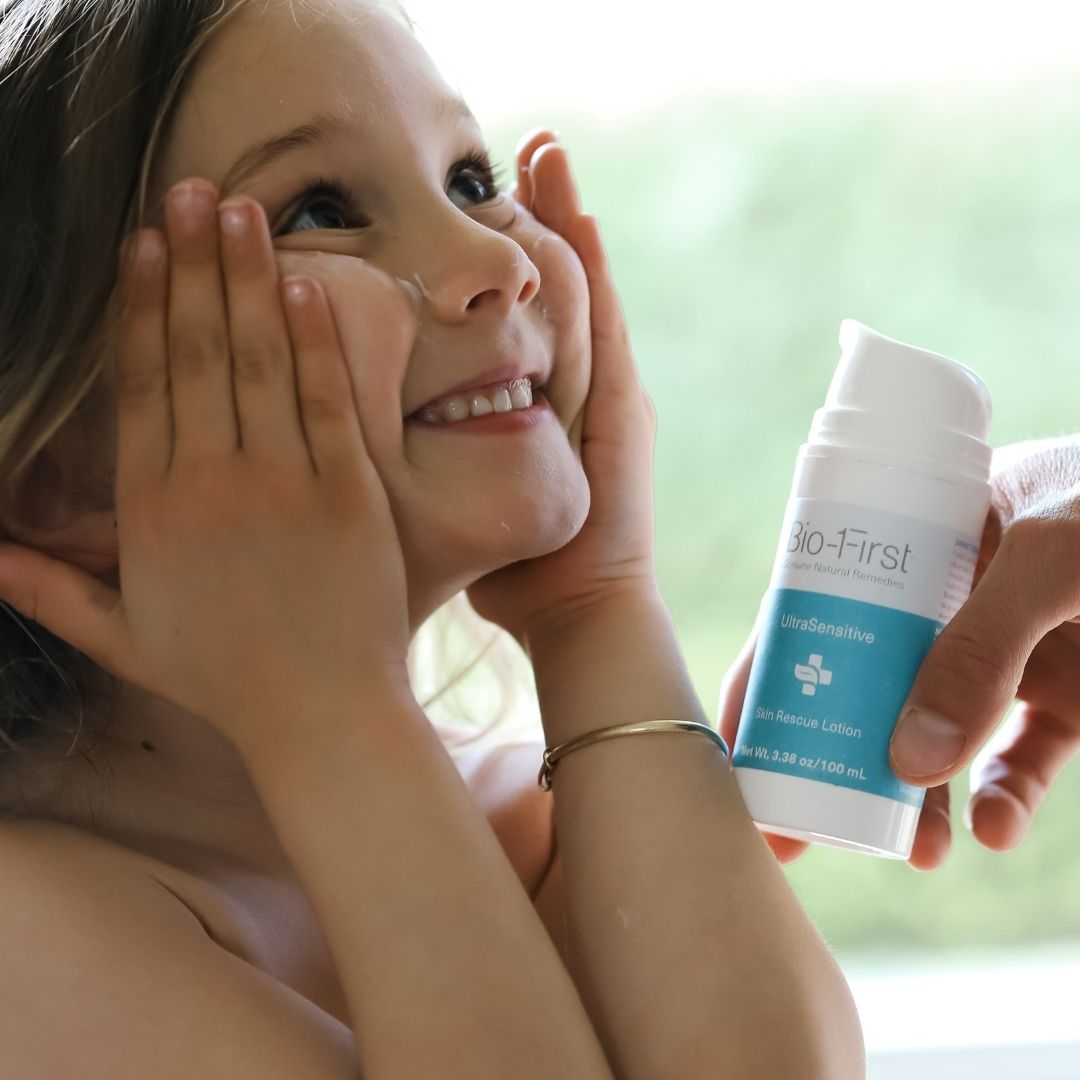Have you ever wondered how “natural” a product is, or how to tell if it's really natural at all? Check out our 5 things to look when buying natural products checklist below:
1. Awards, certifications & stamps of approval
- Safe Cosmetics Australia
- Organic Beauty Awards
- Clean + Conscious Awards
2. Product Labels
Deciphering product labels can be an art. Always ensure you can easily access a full list of ingredients – sometimes this is difficult in-store because of tiny print, lack of time, or poor disclosure. Remember ingredients are typically listed from largest to smallest amounts. Shopping online enables more research and if the info isn’t readily available on a website, don’t buy the product.
The international not-for-profit NATRUE defines natural ingredients in the following terms:
- Natural unmodified natural substances obtained physically or by fermentation
- Derived Natural 100% natural substances modified using approved processes
- Nature-Identical substances found in nature that are reproduced in the Lab
3. Beyond the product label
Evaluating labels can take time and expertise – it shouldn’t be necessary when a product is labelled ‘pure and natural’ but unfortunately greenwashing is widespread. Some brands provide extra ingredient info on their websites, not just the names but what they do and why they are chosen. Using a ‘decoding’ site to explain ingredients and how they’re rated can simplify understanding ingredients.
The Environmental Working Group (aka EWG) website is a good resource that tells you about toxicity levels and other concerns on individual ingredients - simply enter the product or ingredient you are unsure about for a full breakdown.
4. Don't be fooled
Words like ‘naturally-inspired’ have no real meaning. Equally, many cute-looking icons can be quite irrelevant to the product and are only there for show (Gluten-free lip balm, Vitamin C etc). ‘No added sugar’ could mean full of artificial sweeteners.’ 90% natural’ could mean 10% really nasty. ‘At least 50% natural’ could just refer to the 50% water in a product! Lists of ‘no this and no that’ don’t tell you what’s actually in something. Always look for brands that clearly communicate what their products are about.
5. Consider Who owns the brand
Many mega corporations are leveraging consumer preference by using ‘natural brand’ names for products which are objectively fake but have an eco image. Look at the back to see who actually owns what you’re buying and decide if you believe in them – you might be surprised by what you find!
Written by Dr. Jude, Co-Founder, PhD in Natural Medicine
Blogs on similar topics:



